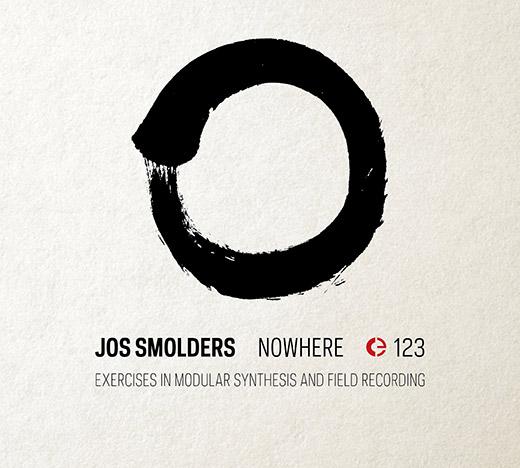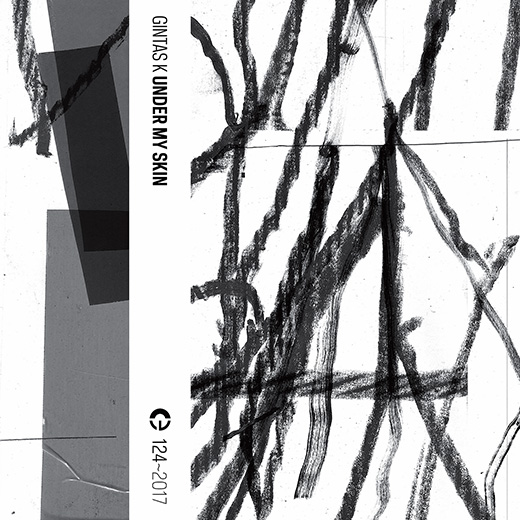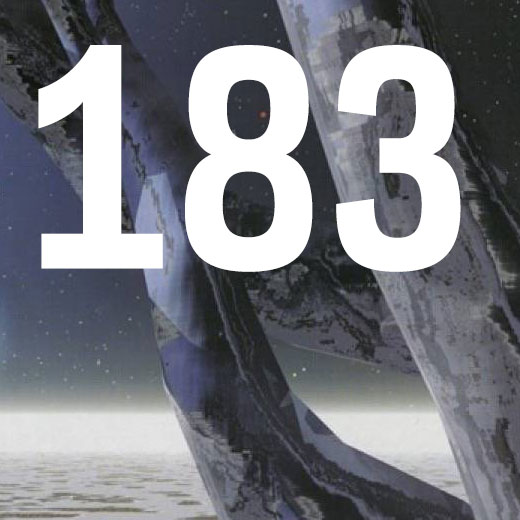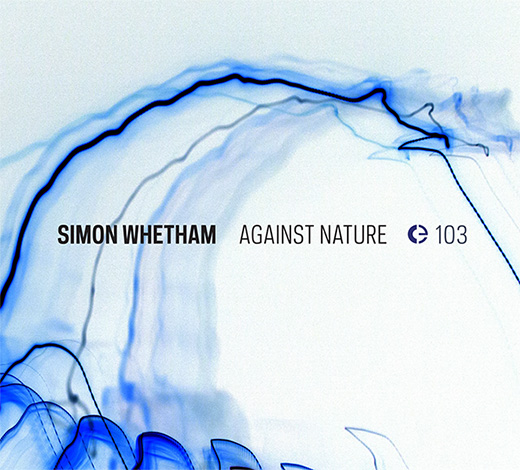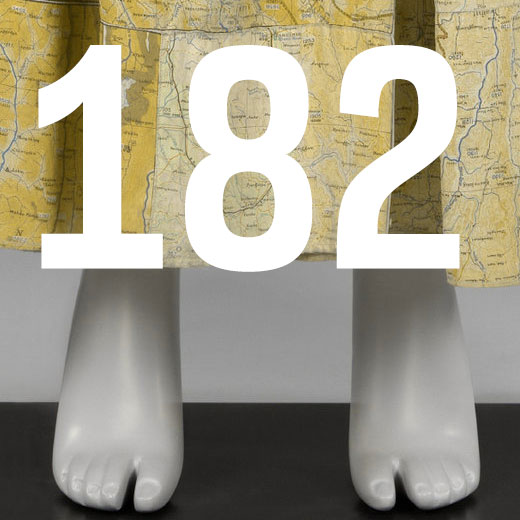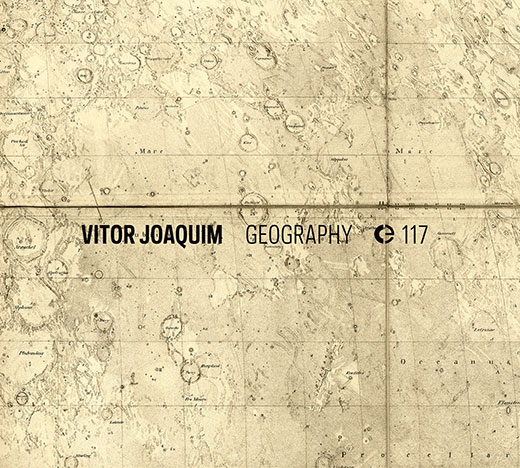
Het Portugese label Crónica is een ware goudmijn voor een ieder die houdt van experimentele elektronische muziek. Eerder kwamen hier reeds Arturas Bumšteinas met ‘Gamelan Descending a Staircase’ en Martijn Tellinga met ‘Positions’ voorbij. Nu ligt er een nieuwe schijf van de eveneens uit Portugal afkomstige laptopkunstenaar Vitor Joaquim.
Vitor Joaquim is een man van uitersten. Richtte hij zich voor ‘Flow’ uit 2006 op de innerlijke, subjectieve gevoelens van de mens, in 2011 koos hij het andere uiterste en haalde voor ‘Filament’ zijn inspiratie uit het nooit eindigende universum. Hij drukt de schijnbare tegenstelling zelf als volgt uit: “On one hand, we feel immersed on the big questions of the universe — How big is it? Where’s the end of it? What’s after the end? Can we understand how big it can be? On the other hand, just two minutes after, we may completely turn towards ourselves, and to our little-big existentialist problems — Who am I? What I’m doing here? What’s ‘here’?…†Hoe het ook zij, met zijn derde album ‘Geography’ lijkt hij ergens in het midden uit te komen.
Voor dit album liet hij zich inspireren door het boek ‘Guns, Germs and Steel, The Fates of Human Societies’ van Jared Diamond uit 1997, waarin deze stelt dat de ontwikkeling van de mens samenhangt met zijn omgeving. Dat op bepaalde plaatsen beschavingen ontstaan en op andere niet hangt volgens Diamond in hoge mate af van de geografische omstandigheden. In Joaquim’s woorden: “What results of that tension between environment and human ambition, is an eternal fight between geographical conditions and the existentialist forces in every one of us. Following this dialectic, the titles on Geography are softly evocations of that story, alluding to curious moments in history, circumstances and affairs of the human adventure on the planet and on the Universe. From small- to large-scale, all of them — moments, circumstances and affairs — with long plots.â€
Door in het openingsnummer ‘Geography’ de stem van het ruimtevaartprogramma Apollo in zijn compositie te verwerken, begint hij het album op bijzondere wijze. Alsof hij een brug wil slaan van ‘Filament’ naar ‘Geography’, alsof hij ons mee wil nemen en de aarde wil tonen vanuit de ruimte: hier gaan we het op dit album over hebben, de aarde. En de muziek klinkt hier repeterend, minimalistisch en indringend. In ‘Cantino’ creëert Joaquim een zeldzame spanning door met een stevige bas drone te werken als onderlegger voor een universum aan subtiele geluiden.
Bij het beluisteren van dit album wordt overigens ook al snel duidelijk dat Joaquim geen gemakkelijk in het gehoor liggende muziek componeert. Zijn muziek heeft eerder iets fragmentarisch, alsof het om puzzelstukjes gaat die niet aan elkaar passen. Dit is geenszins een diskwalificatie, want bij Joaquim verhoogt dit procedé juist de spanning. Een mooi voorbeeld is ‘Technography’ dat natuurlijk refereert aan de opkomst van de techniek in de menselijke geschiedenis, een opkomst die Joaquim hier goed weet te verklanken, met alle dissonanten die daarbij horen. Hetzelfde geldt voor ‘Cargo’ waarin Joaquim een sample gebruikt van een eerdere release genaamd ‘La Strada is on Fire (And We Are All Naked)’ en waaraan hij een exotisch tintje geeft en voor ‘Exodus’ waaraan Joaquim een mystiek element toevoegt door te werken met boventonen en de klanken eindeloos op te rekken.
In ‘Domo Arigato’ en ‘8’20â€â€™, de beide nummers lopen in elkaar over, gebruikt Joaquim samples van collega muzikanten waar hij de afgelopen jaren mee samenspeelde. Musici als violist Carlos ZÃngaro, multi-instrumentalist Colleen, accordeonist Dimas Pereira en trombonist Günter Heinz passeren hier de revue, maar dan zuiver op het niveau van klanken die Joaquim kunstig verweeft in zijn composities. Daarnaast gbruikt Joaquim in het afsluitende ‘8’20â€â€™ nog een fragment uit een interview met Laurie Anderson. Ben Taffijn
via Nieuwe Noten
